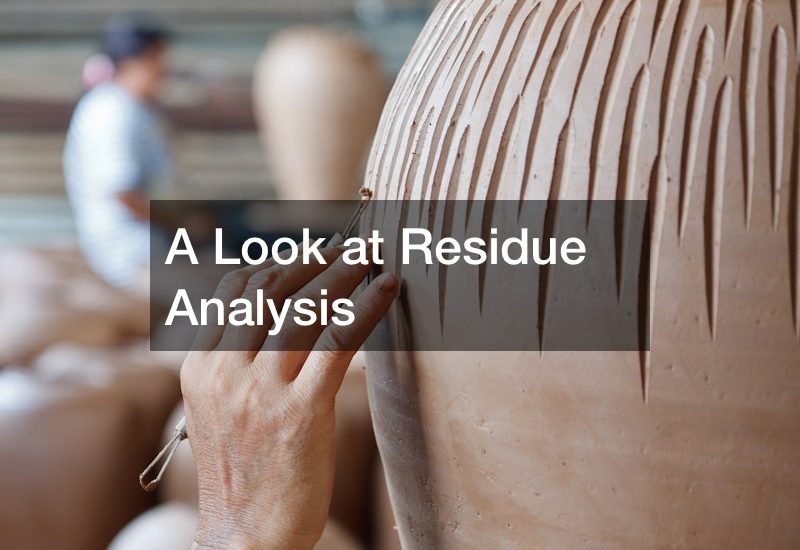
In archaeology, scientists examine much more than just the shape and location of artifacts. They also use residue analysis to discover the chemical properties of objects like pottery and cooking utensils. But what is residue analysis? In this video, Oliver Craig explains the uses and process of residue analysis in a way that just about anyone can understand.
What Is Residue Analysis?
Residue analysis is used in many fields of study. But in archaeology, it is used to identify the origin and nature of organic remains which can’t be understood using traditional archaeological methods.
Using this form of analysis, archaeologists study materials that have become either invisible or amorphous due to the processes of time.
This field of study is based on the principle that the biochemical or biomolecular components of organic substances related to human activity often remain and survive in a wide range of deposits and locations in archaeological sites.
The information contained in these residues is represented by molecular components of natural products which can contribute to the formation and structure of a residue sample.
Through the application of separation and identification techniques, the components of such residues can be discovered, revealed, and examined. Once they are identified, a biomarker can be applied.
.






